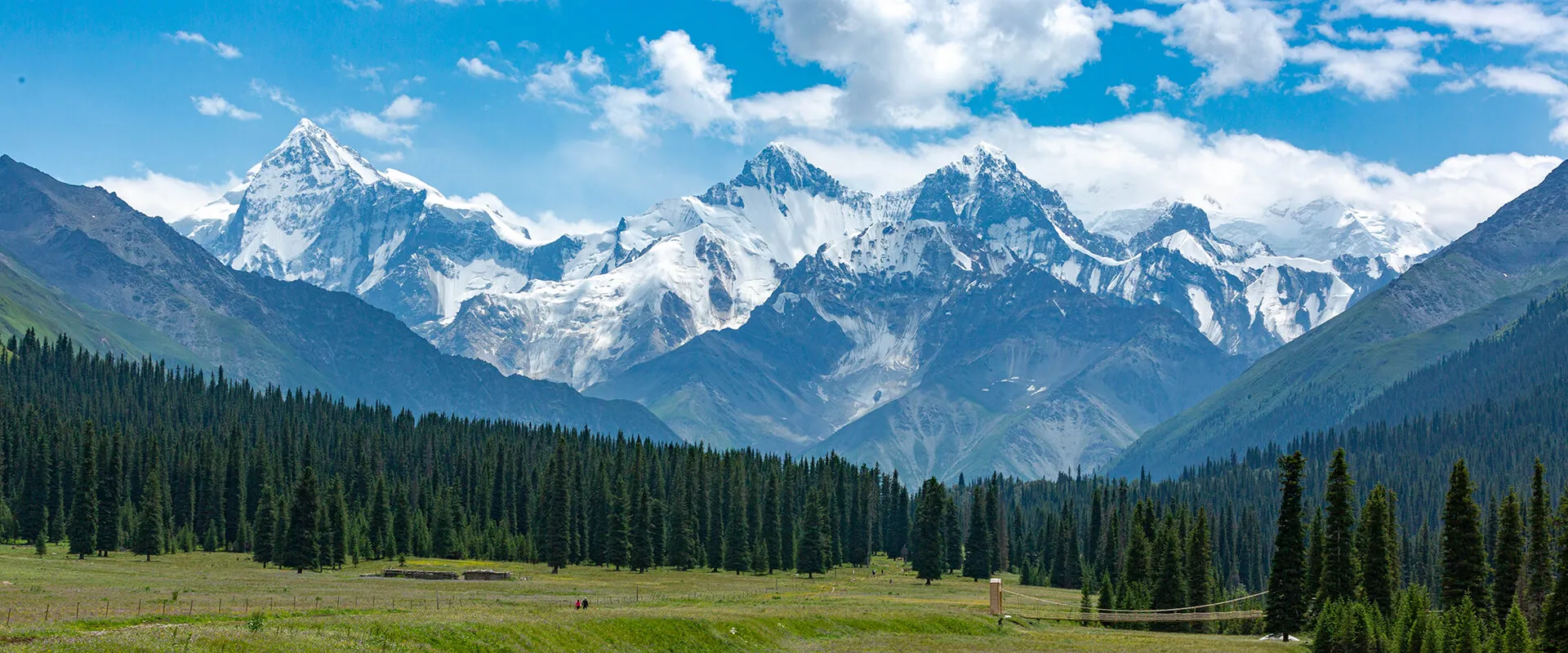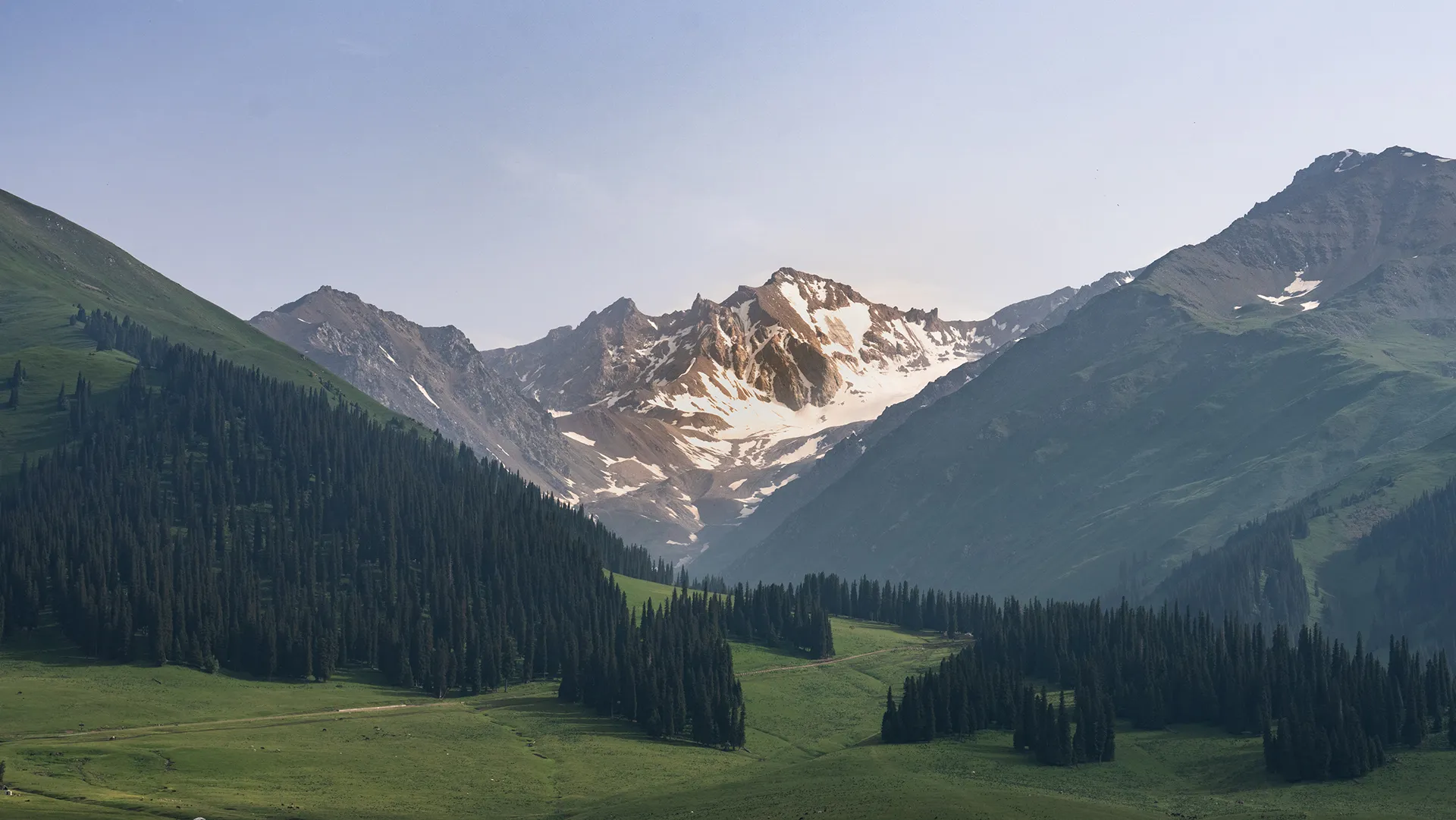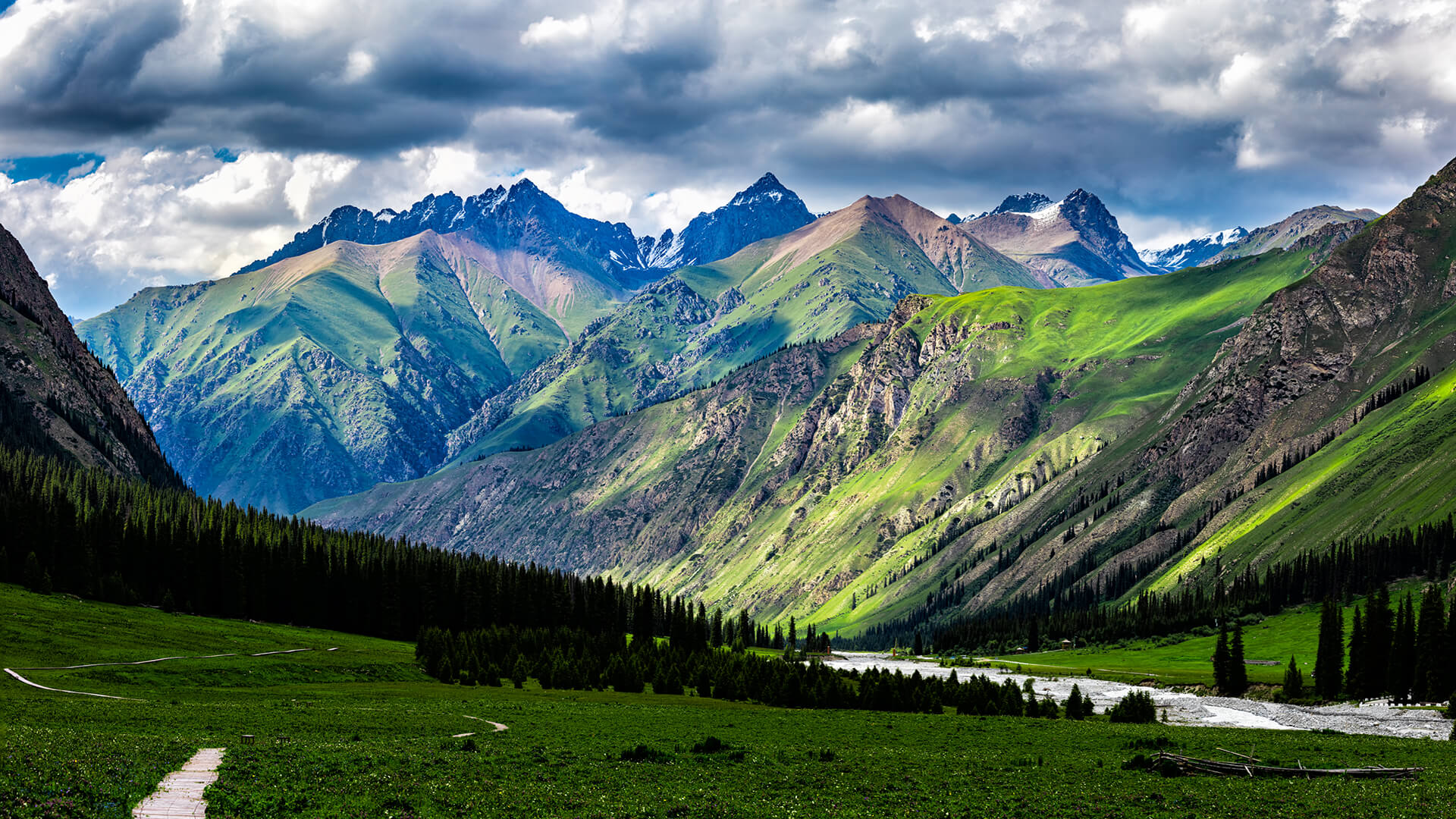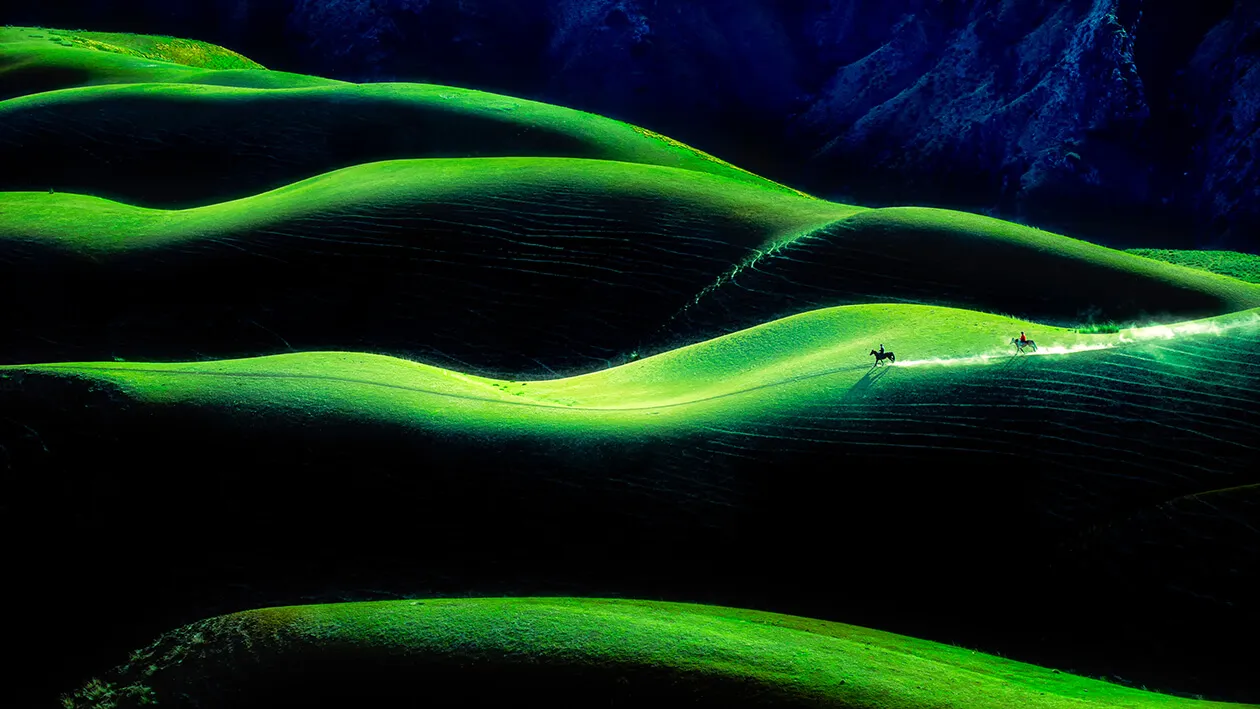Top Things to Know
Best Photography Destinations
Several locations are off-limits to foreign tourists, such as Bayanbulak Grassland, Lop People Village, the northern section of Duku Highway, and various other sites. It is advisable to ask us or consult a local travel agency for details.
The following destinations, however, are open to visit.
- Nalati Grassland: One of the world's four major grasslands, known for its picturesque "Sky Grassland".
- Qiongkushitai: An ancient village nestled among mountains and water, known for its scenic beauty
- Kalajun Grassland: Rated as the most beautiful 3D grassland in China by National Geographic
- Ili Lavender Fields: China's largest lavender cultivation base that blooms twice a year
- Sayram Lake: Known as the "Last Tear of the Atlantic," the lake has crystal-clear waters that allow for a clear view of the bottom.
- Kanas Lake: Known as the "Heavenly Beauty on Earth," with different stunning scenery throughout the year.
- Hemu Village: A village that resembles a fairyland, with the most beautiful scenery in autumn and winter.
- Kashgar Old City: China's most exotic and culturally rich ancient city.
- Muztagh Ata and Karakul Lake: known as the "Father of Ice Mountains".
- The Panlong Ancient Road: a short mountainous road with over hundreds of bends.
How long should I spend in Xinjiang?
Given the vast size of Xinjiang - equivalent to 3 times the size of France, 5 times Italy, or 7 times the UK - it is difficult to explore many areas in just a few days. Here are some suggested itineraries:
- Spend 8 days in Northern Xinjiang, visiting Urumqi, Hemu, Kanas, Burqin, Fuyu, and returning to Urumqi.
- Plan for 10-12 days in Northern Xinjiang, traveling to Urumqi, Fuyun, Burjin, Kanas, Hemu, Kuitun, Sayram Lake, Turpan, and returning to Urumqi.
- Spend 5 days in Southern Xinjiang, visiting Kashgar, Baisha Lake, Karakul Lake and Muztagh Ata, Taxkorgan County, Aksu.
Drone Photography Policy
I would say Xinjiang is one of the most drone-friendly destinations in China.
With its vast landscapes and stunning scenery, there are countless opportunities for drone photography—from the northern grasslands to the southern deserts. Drone regulations in Xinjiang are relatively relaxed. As long as your drone is registered with the CAAC, you can fly freely in most scenic areas without needing additional permits.
From our real experience, places like Sayram Lake, the Grand Canyons, the Ili region (including Kalajun and Narat Grassland), Duku Highway, Aksu, Kuqa, Kashgar, and the Tashkurgan area (including Baisha Lake, Karakul Lake, and Muztagh Ata) are all drone-friendly.
Bringing a drone will definitely be a big bonus for your Xinjiang trip.
What is the best time to visit?
The best time for visiting Xinjiang, considering its climate, extends from May to October.
Between May and July, the tour for Urumqi to Yili is an excellent choice, while the tour of Urumqi to Kanas is favored from September to October. Furthermore, late October to middle November offers a fantastic opportunity to explore the Populus euphratica forest in southern Xinjiang.
For photography enthusiasts, summer and autumn are the ideal seasons to capture Xinjiang's beauty. Summer spans from May to August, while autumn covers September and October.
Traveling to southern Xinjiang is great year-round. If you’d like to capture stunning snow-capped mountains, the best time to visit is from December to May.
Is it safe to travel Xinjiang?
Xinjiang now is one of the safest travel destinations in China.
The Uyghur people are known for their warmth and hospitality—from friendly locals to approachable security guards in scenic spots. You’ll feel at ease throughout your journey in the region. With its unique landscapes and rich minority culture, Xinjiang has become one of the most popular travel destinations in China, attracting not only domestic tourists but also travelers from across Asia, Europe, and the United States.
Packing Tips
When packing for your trip, consider the following tips to ensure a comfortable and enjoyable experience:
- Clothing:
- Dress in layers: Xinjiang has a diverse climate, with deserts, mountains, and grasslands. Bring lightweight and breathable clothing for warmer temperatures, and thermal or woolen layers for cooler nights or high-altitude areas.
- Comfortable shoes: With various terrains and long walking distances, invest in good-quality, comfortable walking shoes or hiking boots.
- Sun protection:
- Sun protection is crucial in Xinjiang because of its high altitude, strong sunlight, and dry climate. To stay safe, wear a hat, use SPF 30+ sunscreen, wear UV-protective sunglasses, and cover up with breathable, light-colored clothes.
- Documentation and passport:
- While traveling in Xinjiang, be prepared for security checkpoints at various locations, such as highways, city entrances, and tourist sites. Always carry your passport, visa, and accommodation registration slip. Stay patient and polite during potential digital device checks, and cooperate with authorities to ensure a smooth journey through Xinjiang.
Suggestions for Cameras and Lenses
As a recommendation, I suggest that photographers bring two cameras to their shoots: one equipped with a wide-angle lens, such as the 24-70mm or 16-35mm, and the other with a telephoto lens, such as the 70-200mm or longer.
When capturing landscape scenes, such as grand canyon, desert, and rivers, a wide-angle lens is ideal, while for subjects at a distance, such as running horses or wildlife, zoom lenses come in handy.





